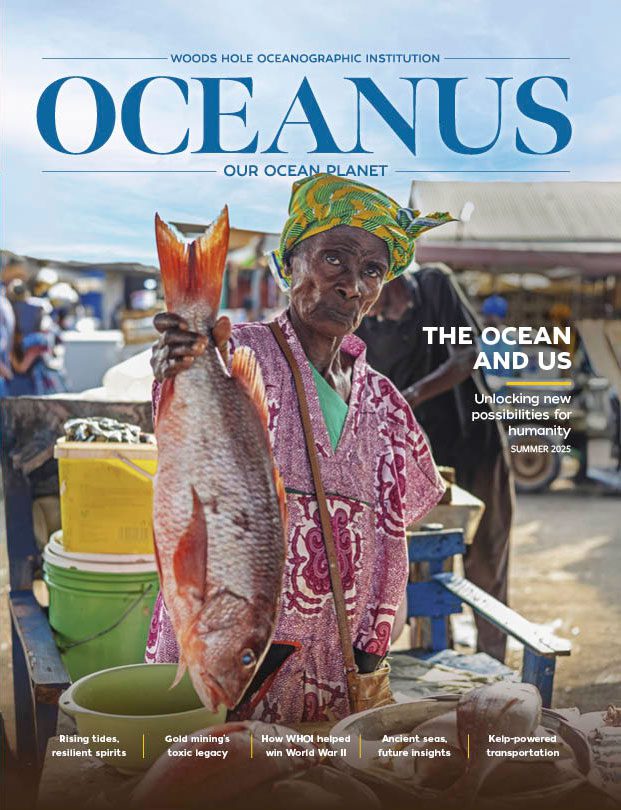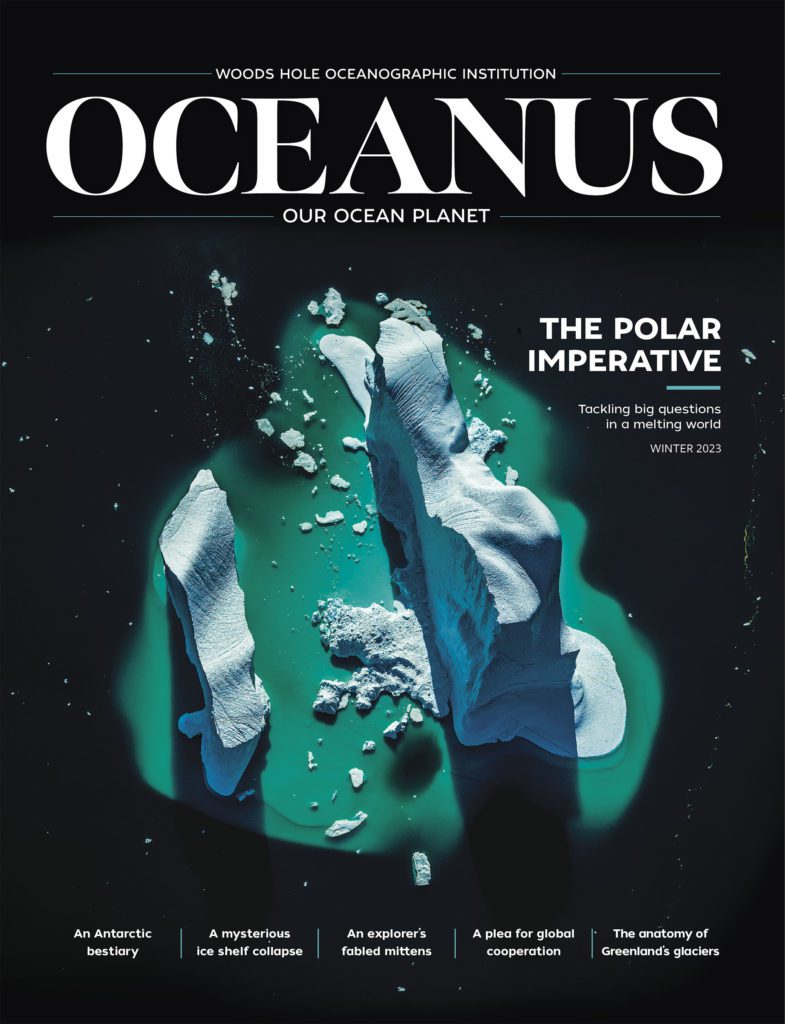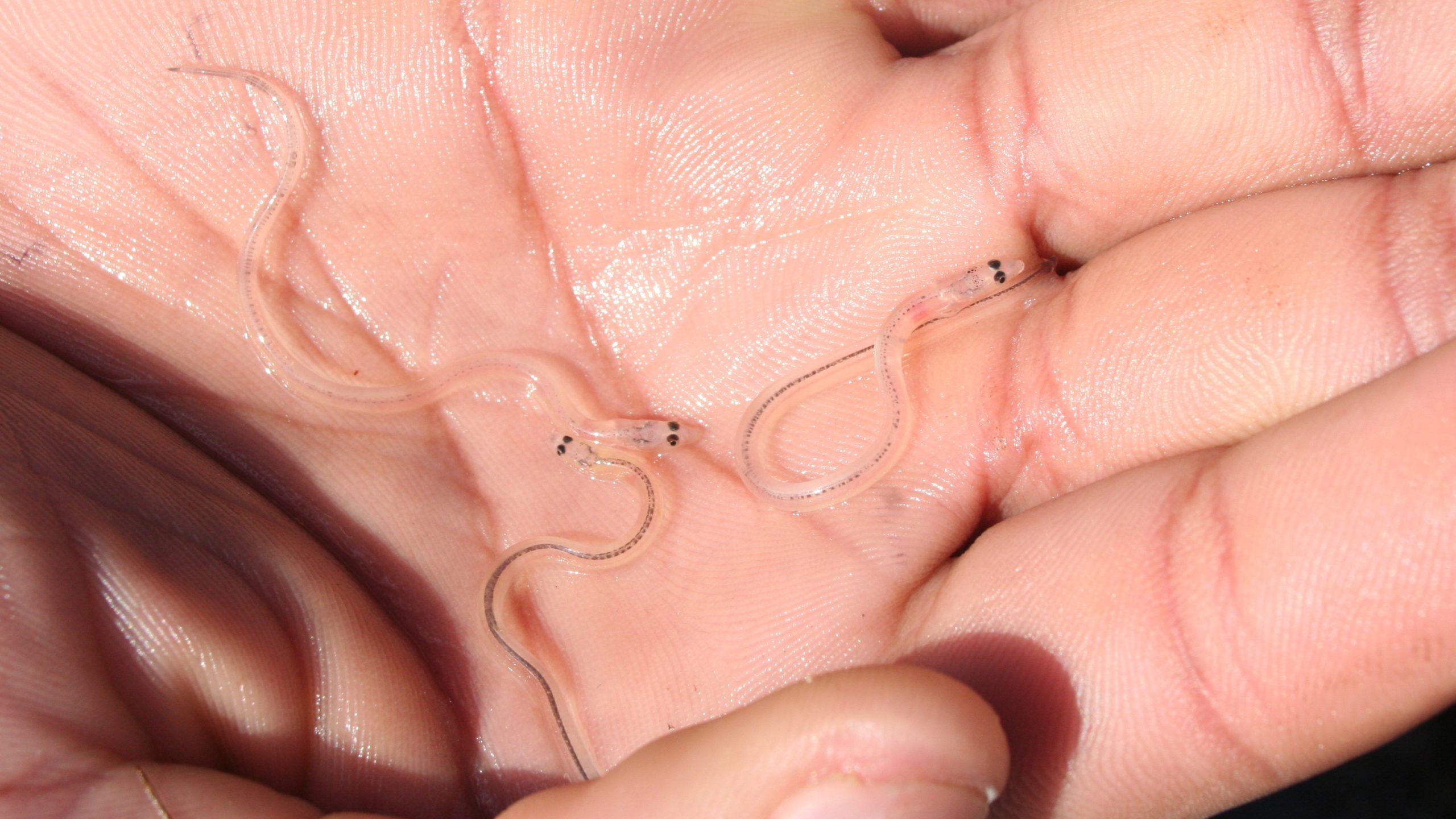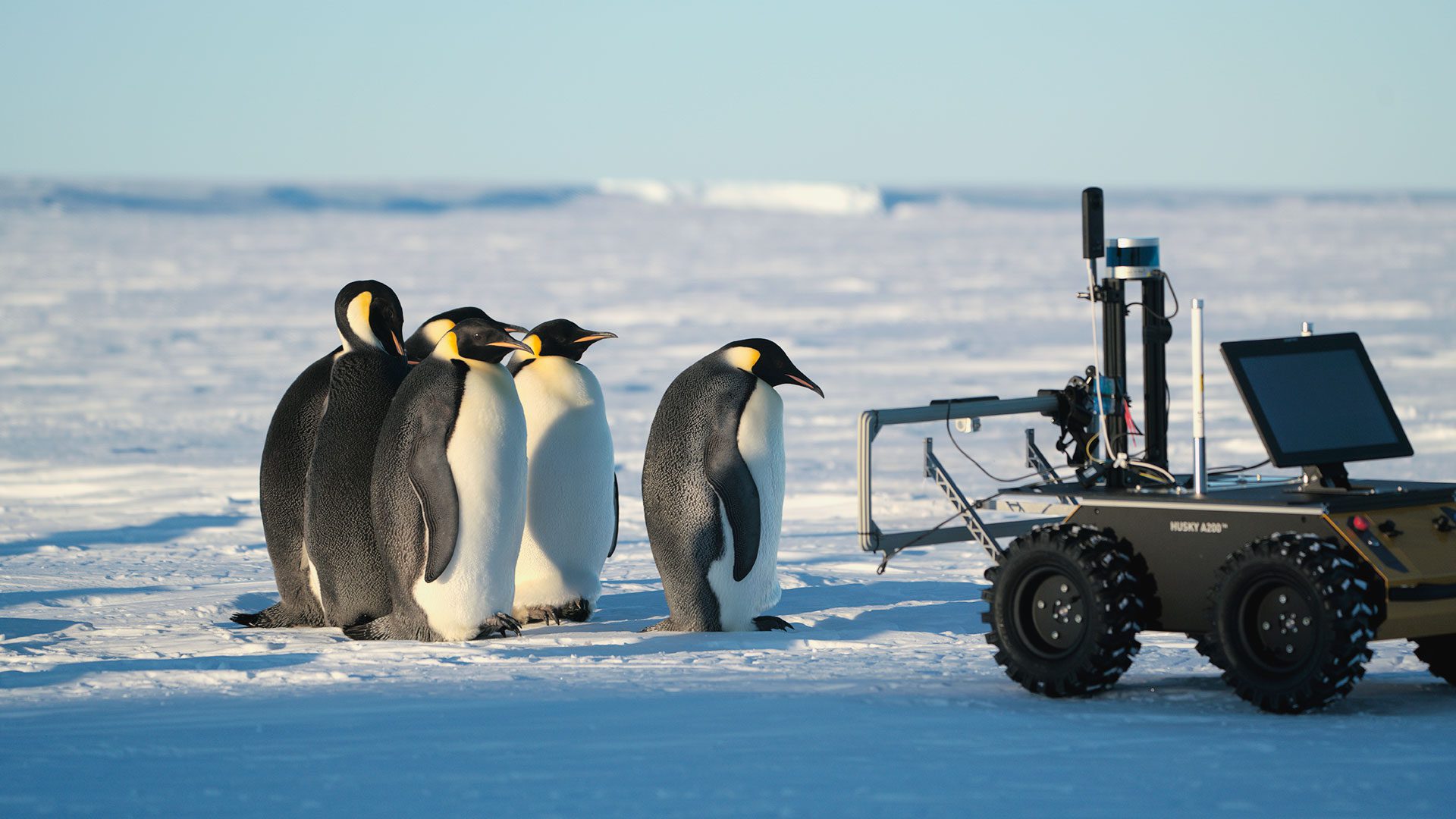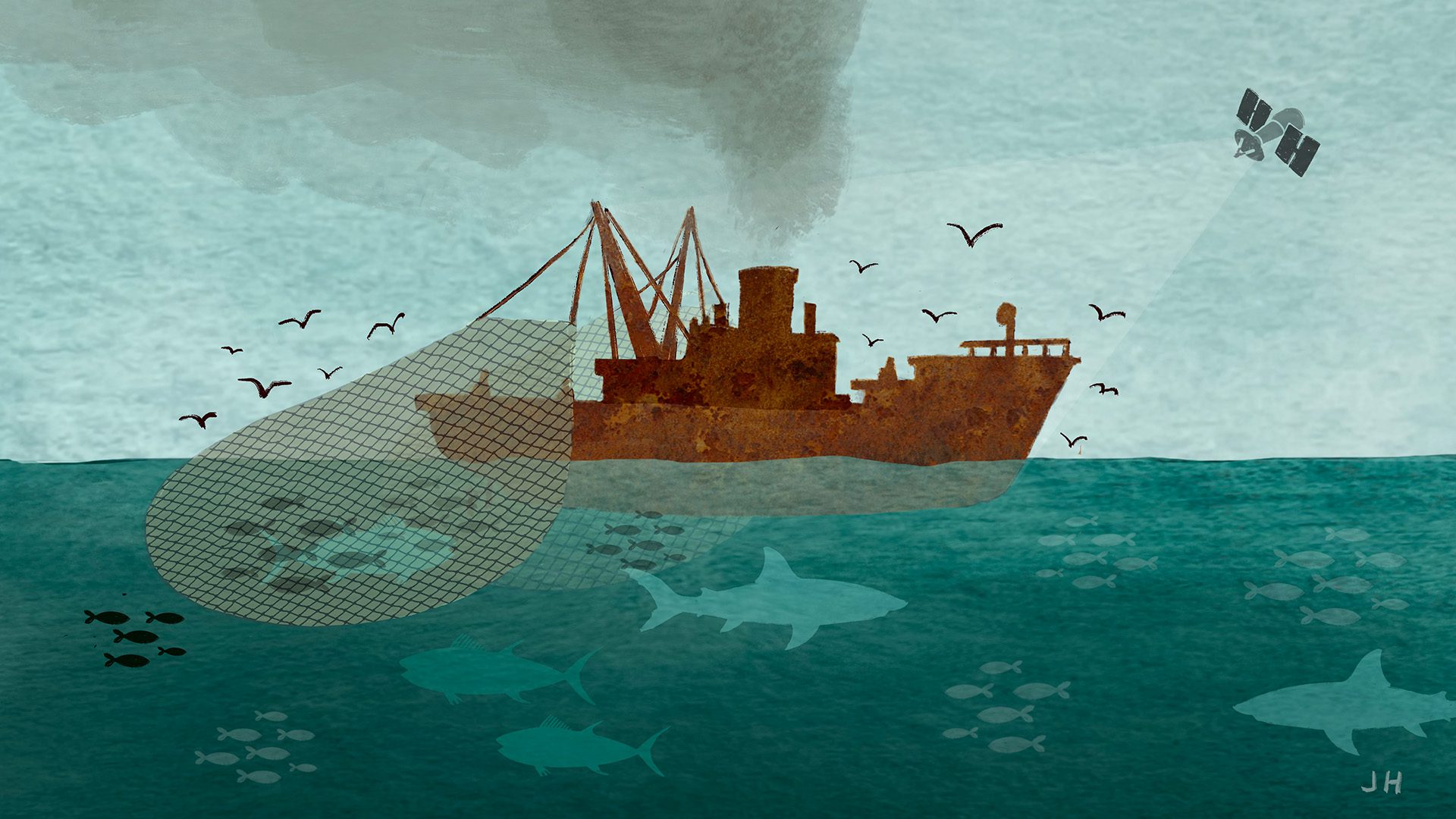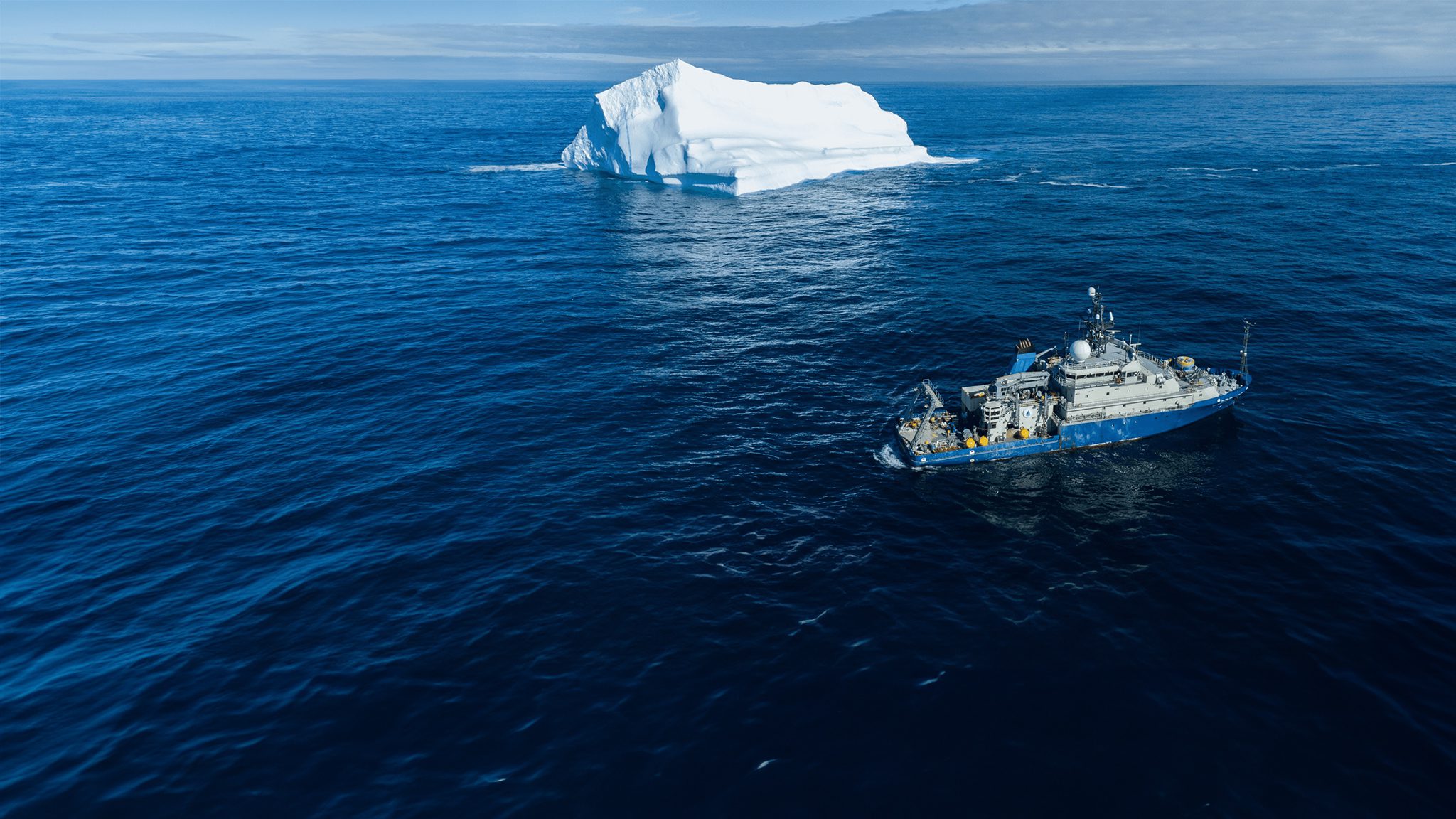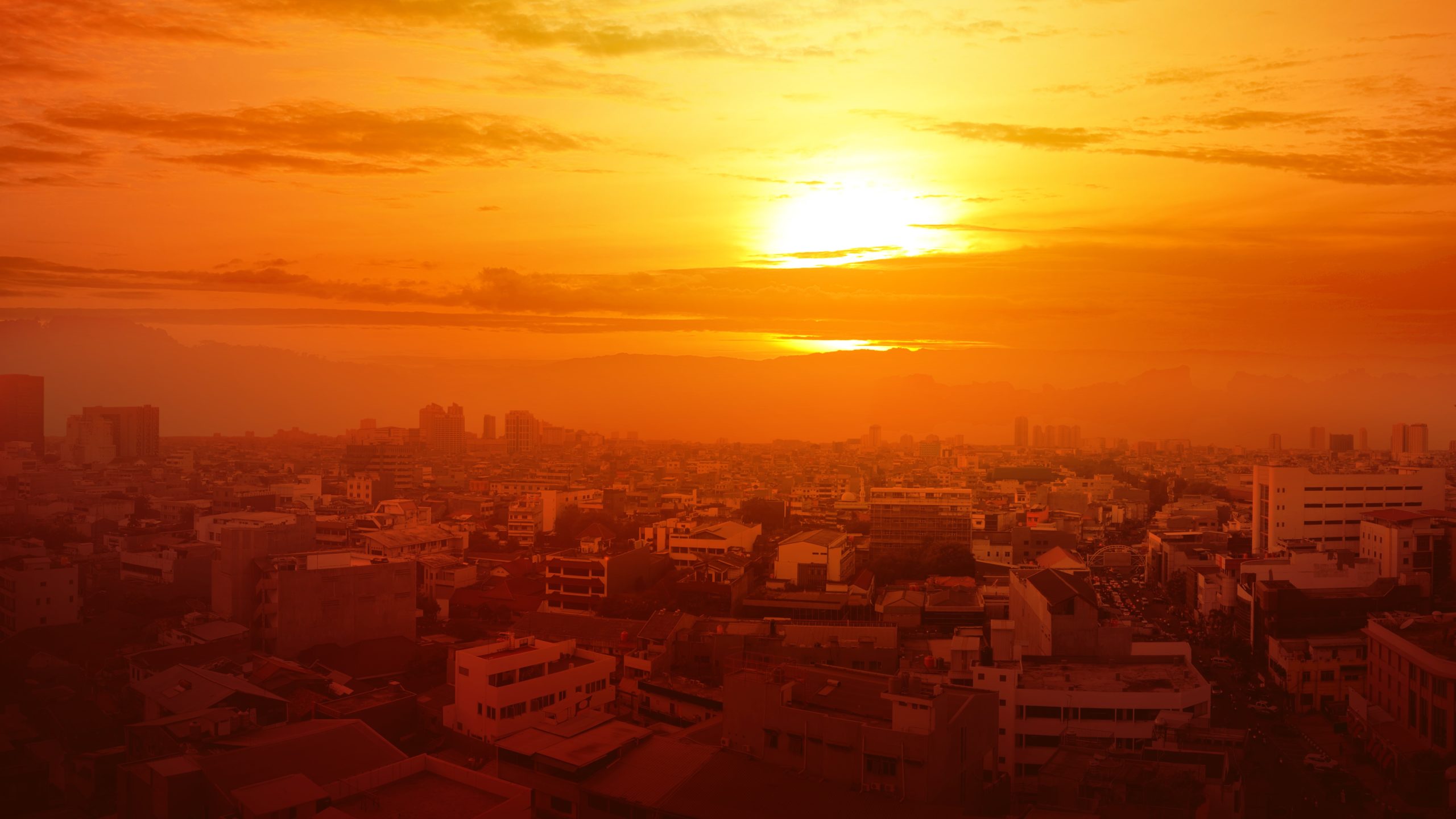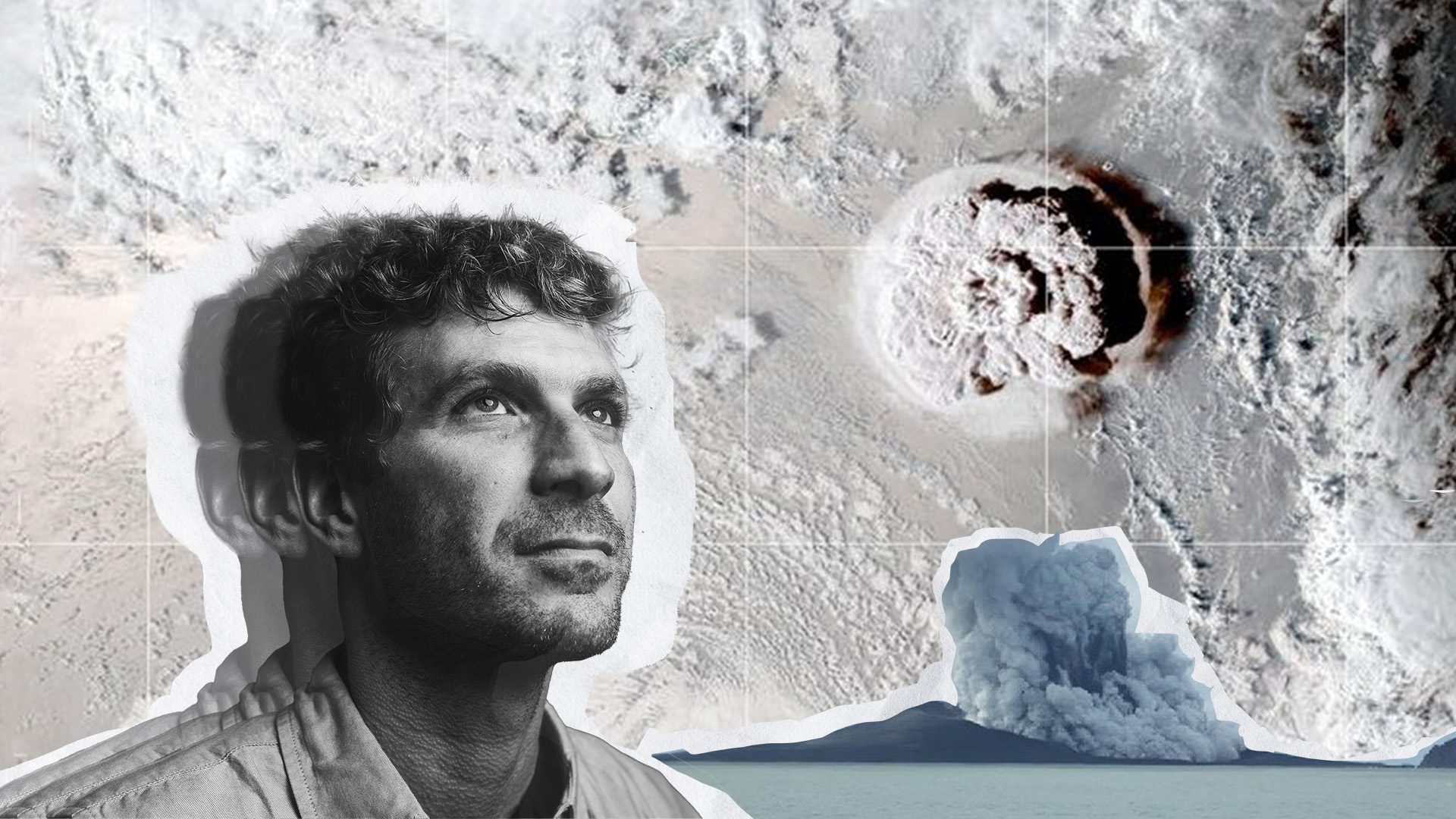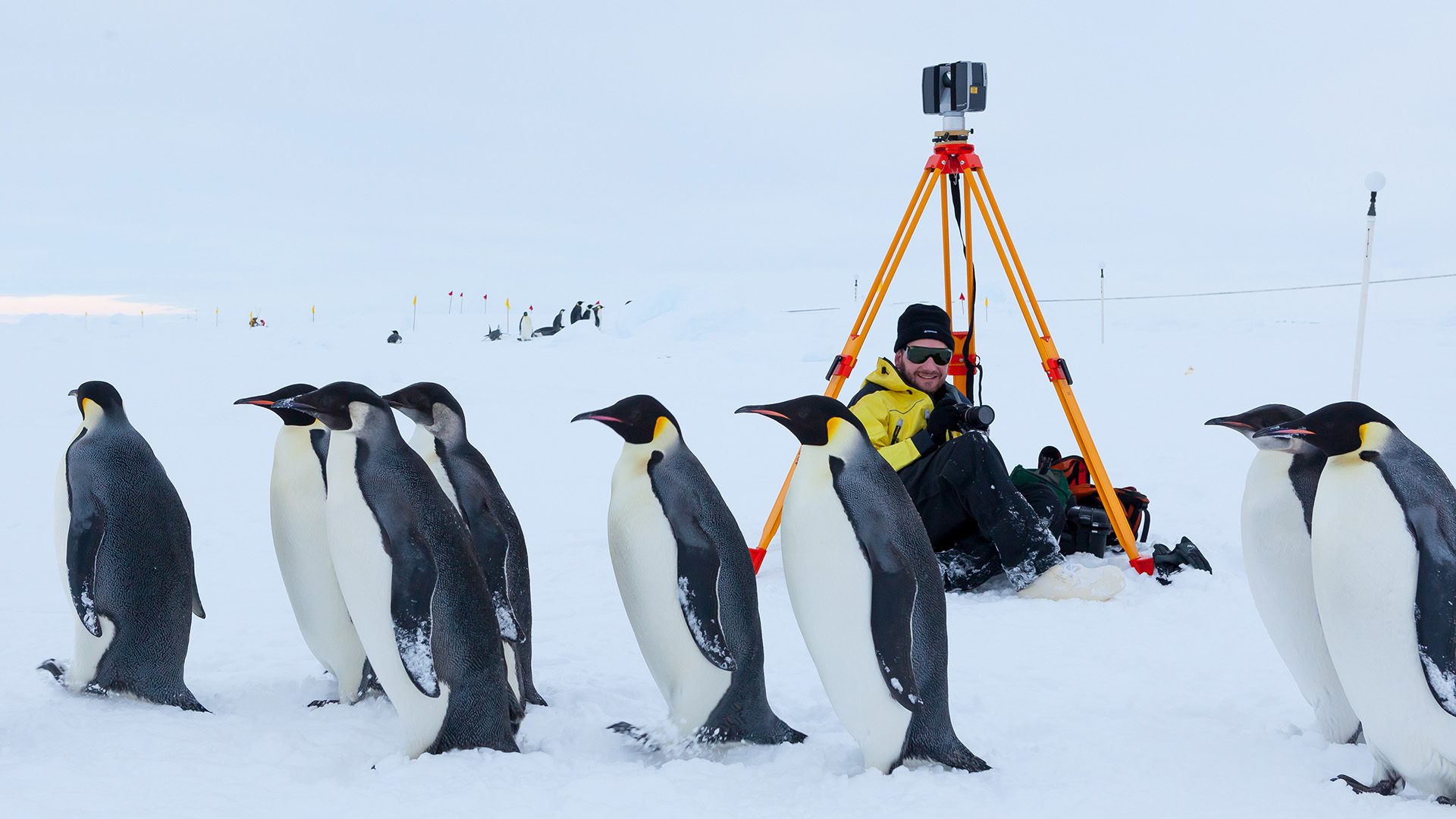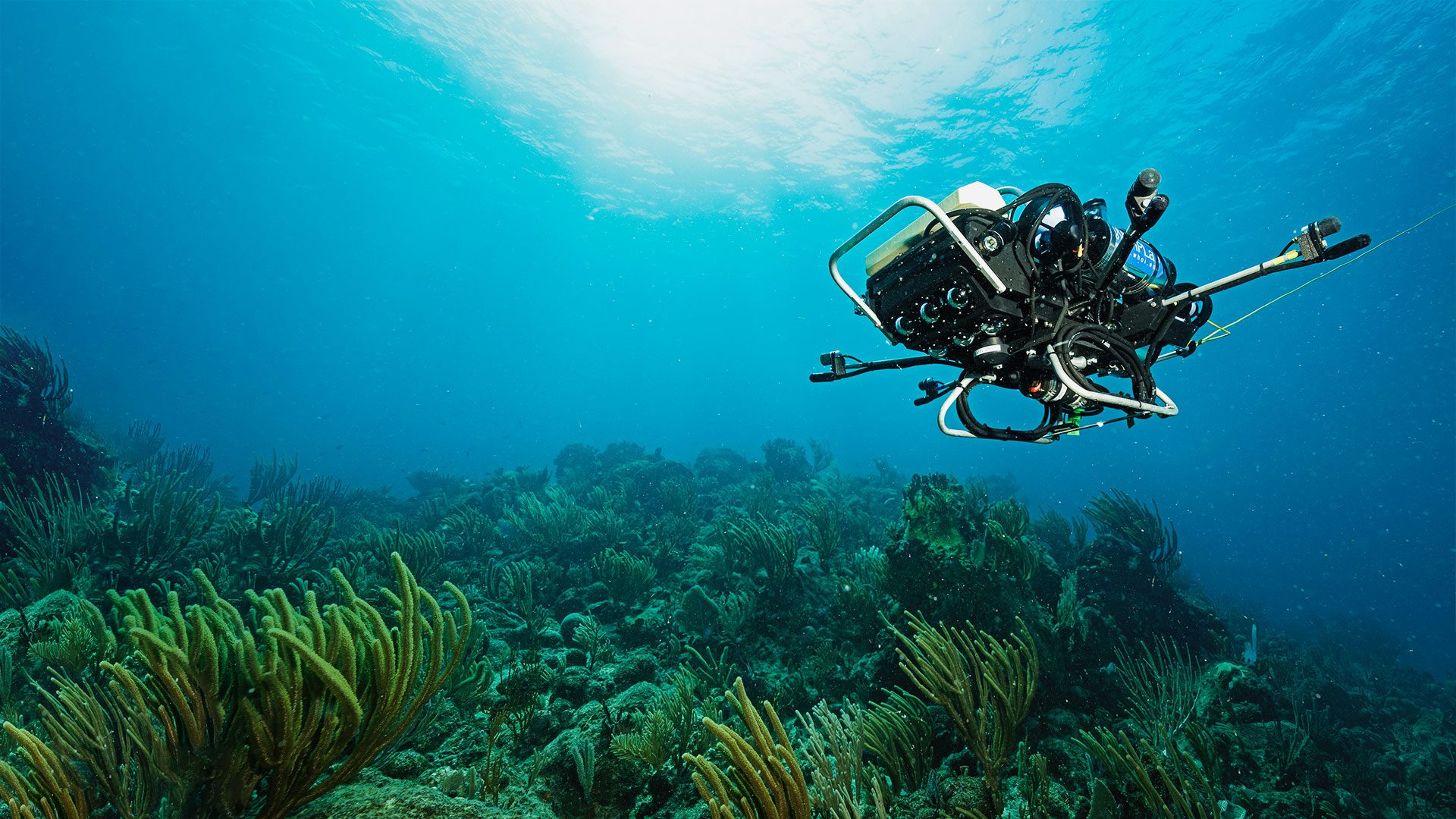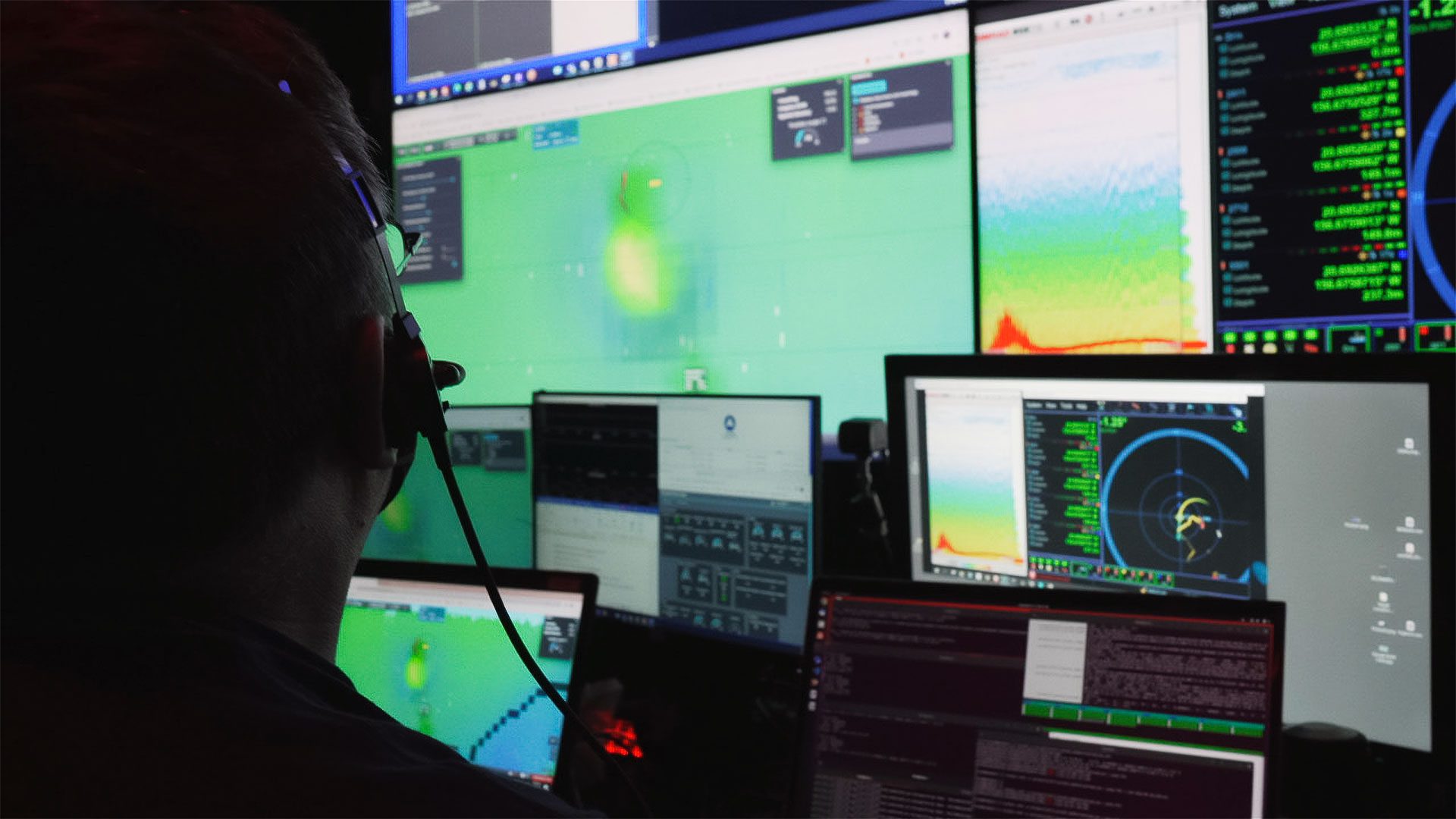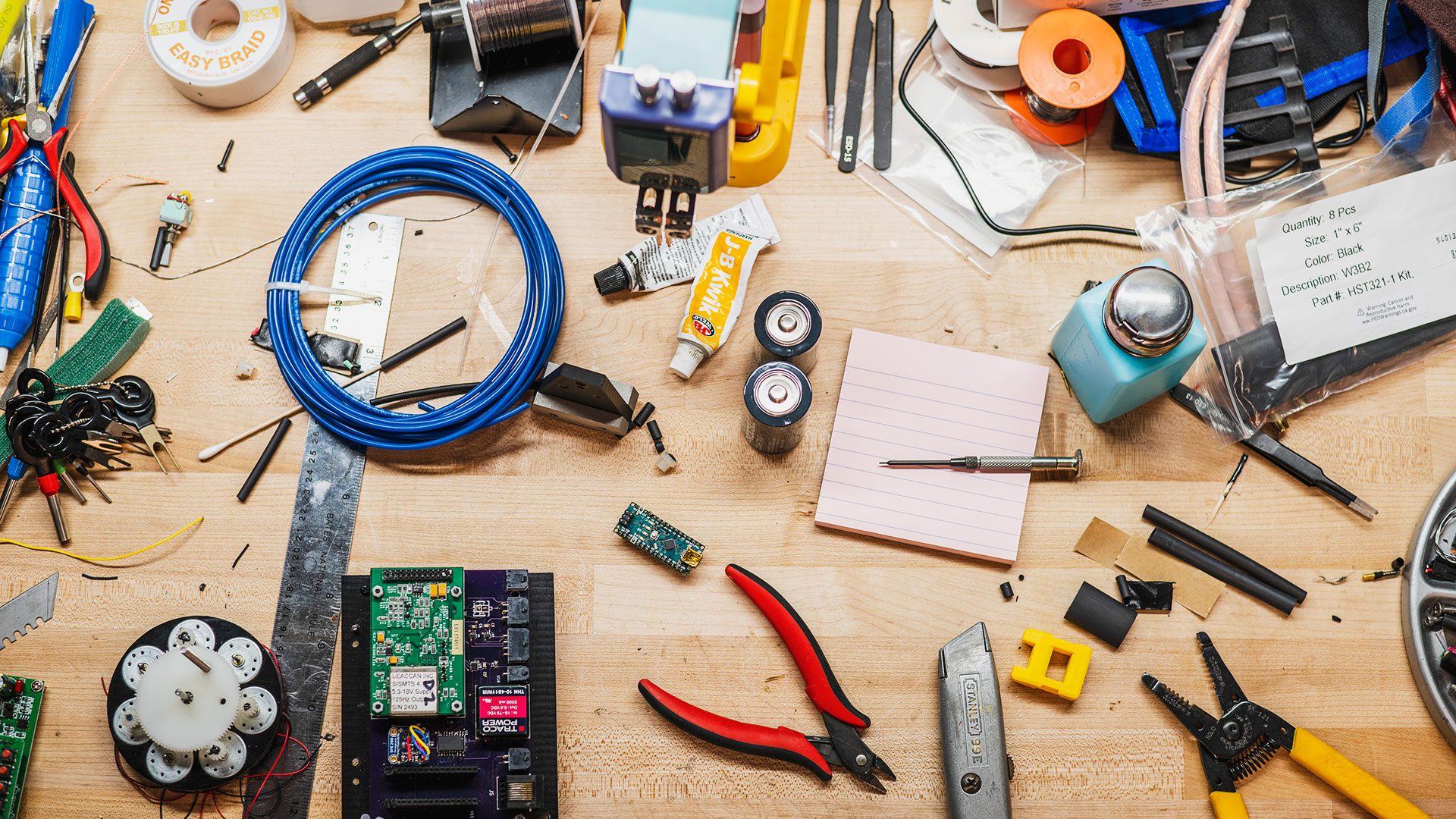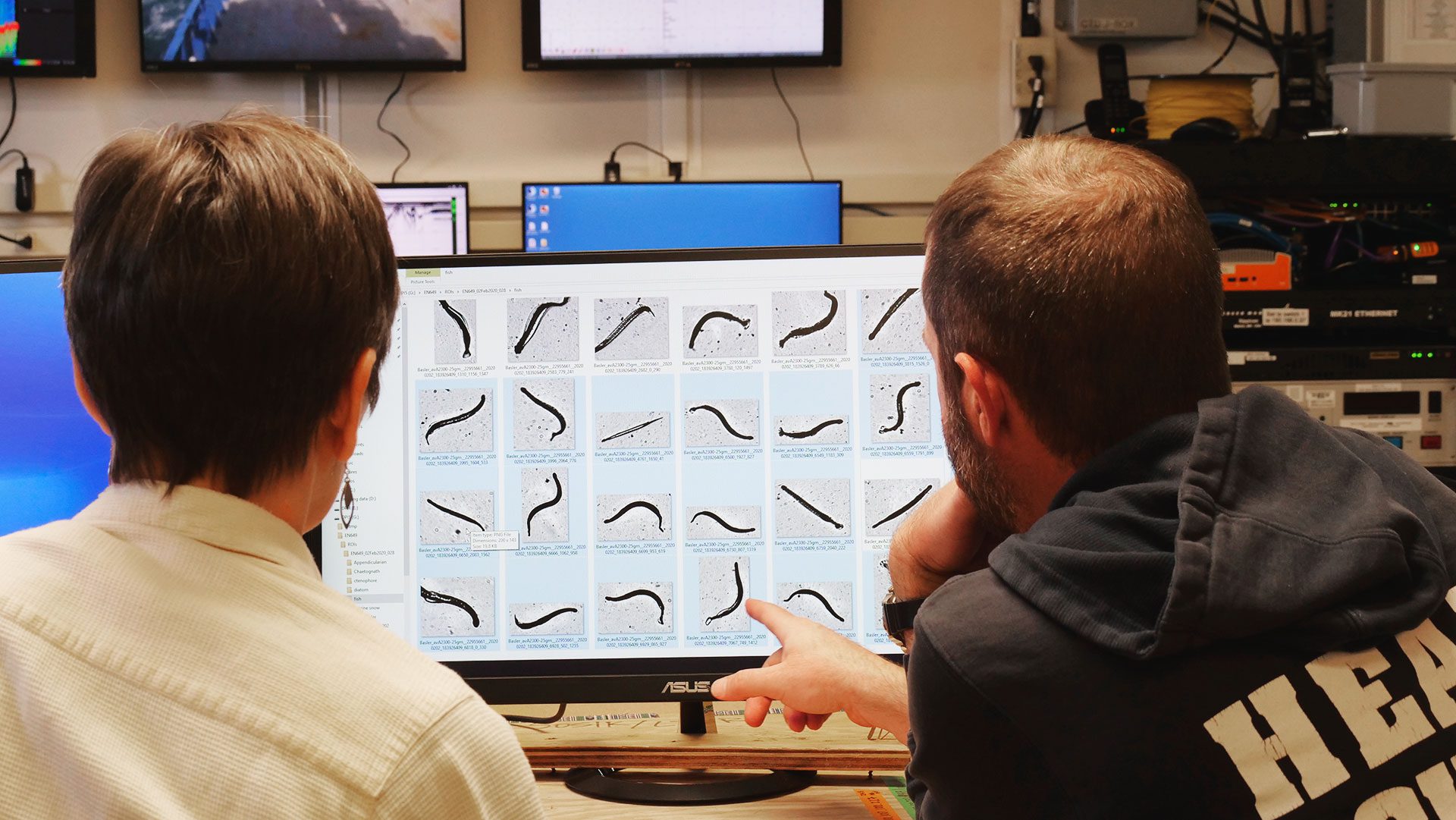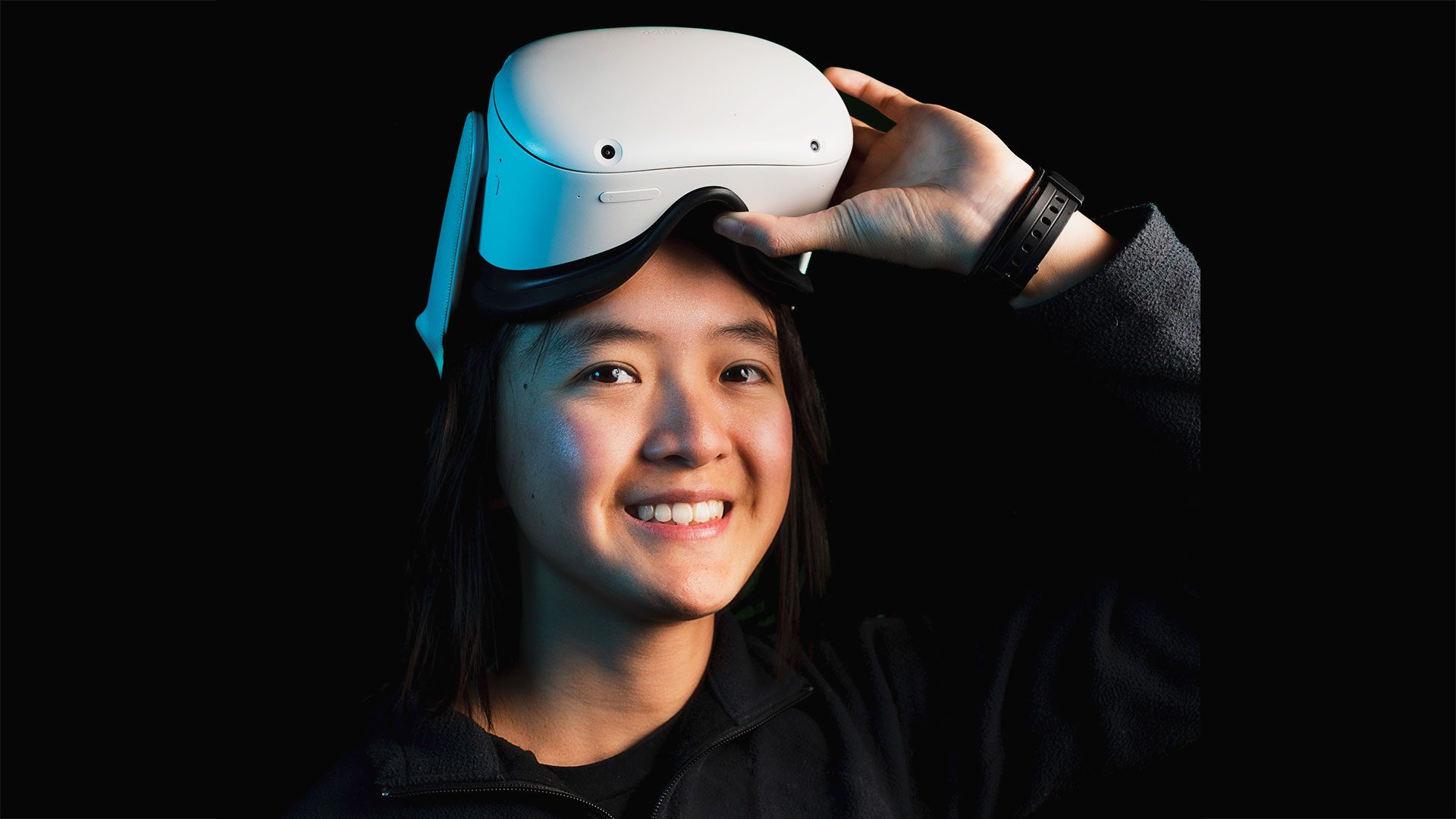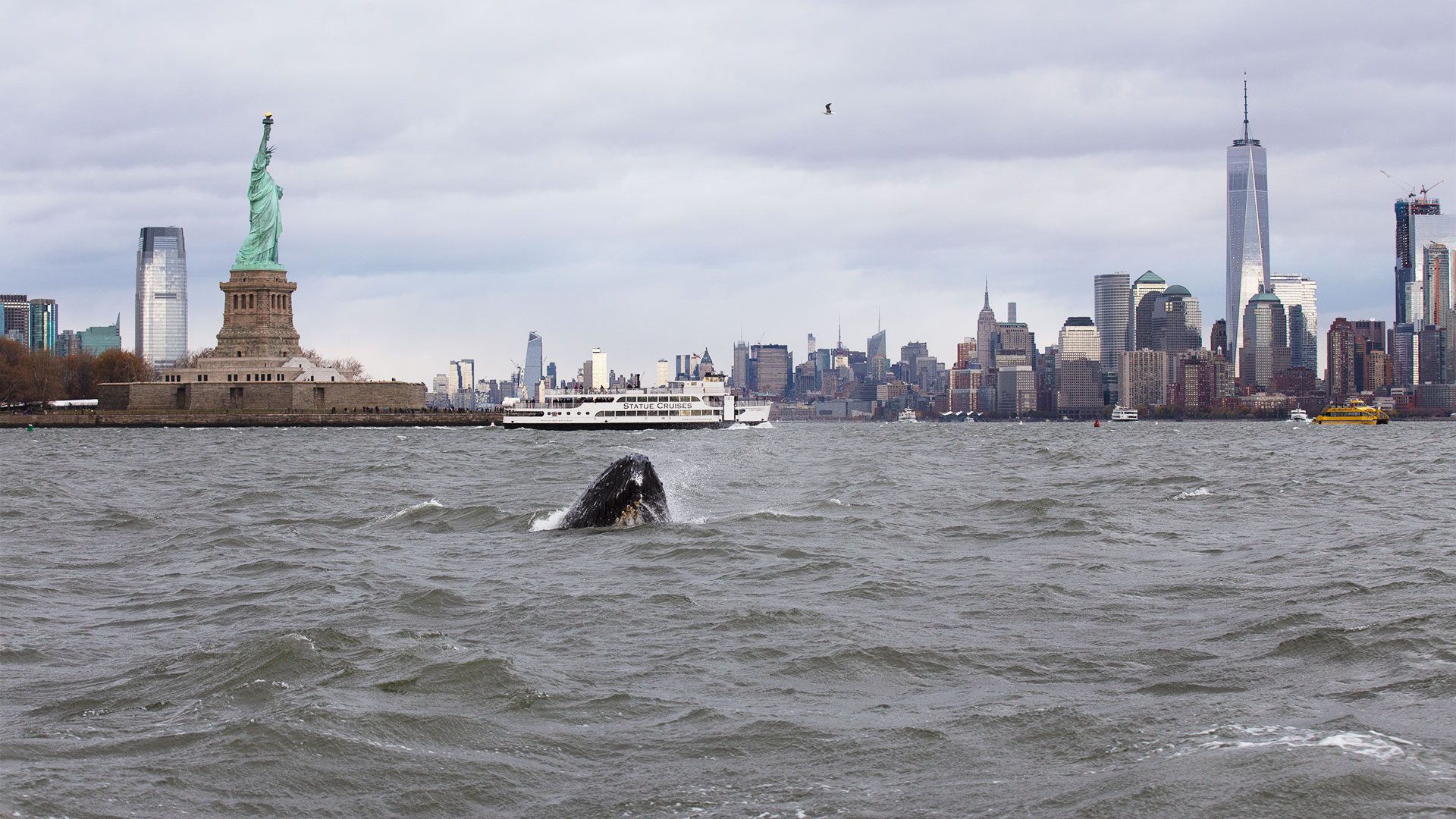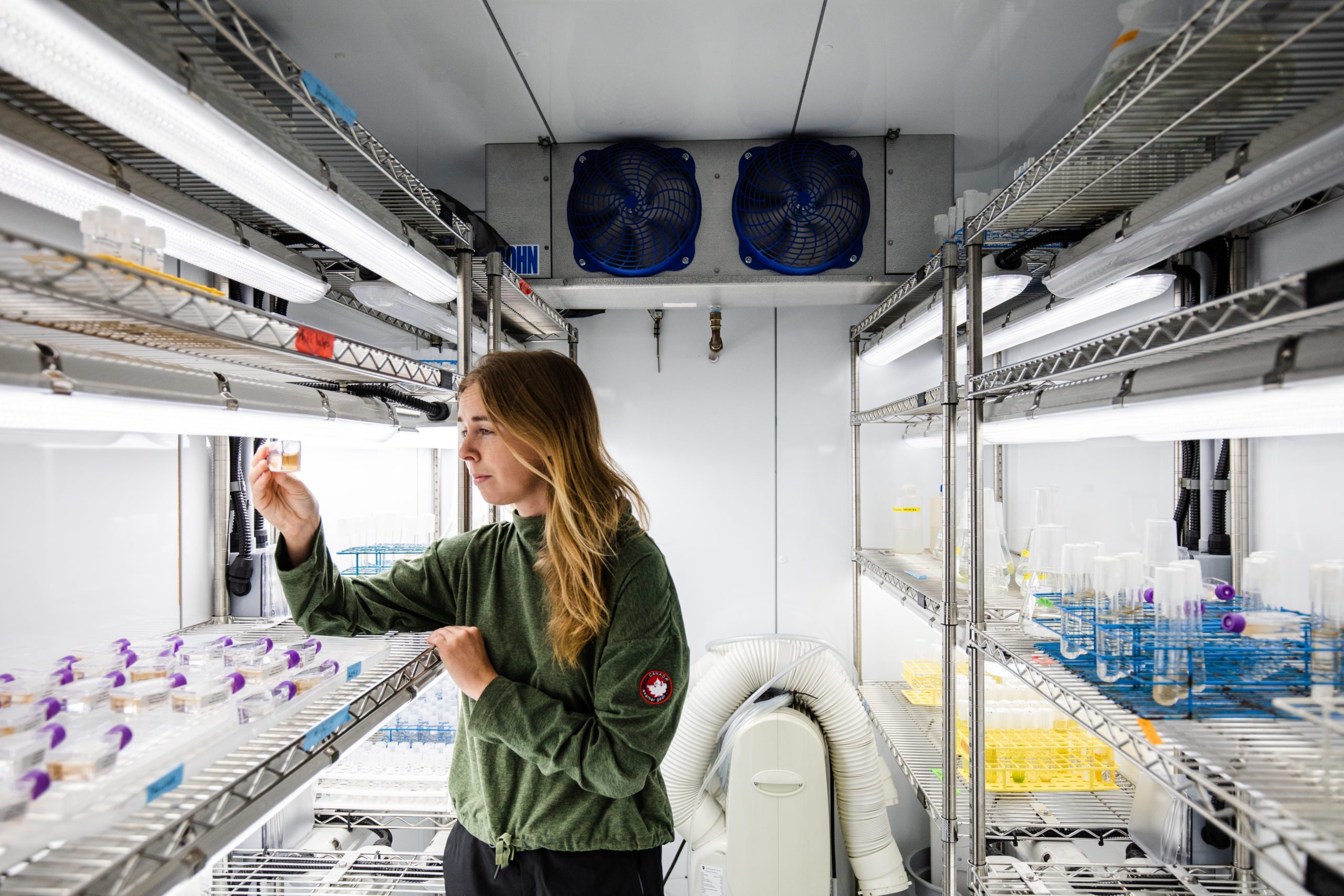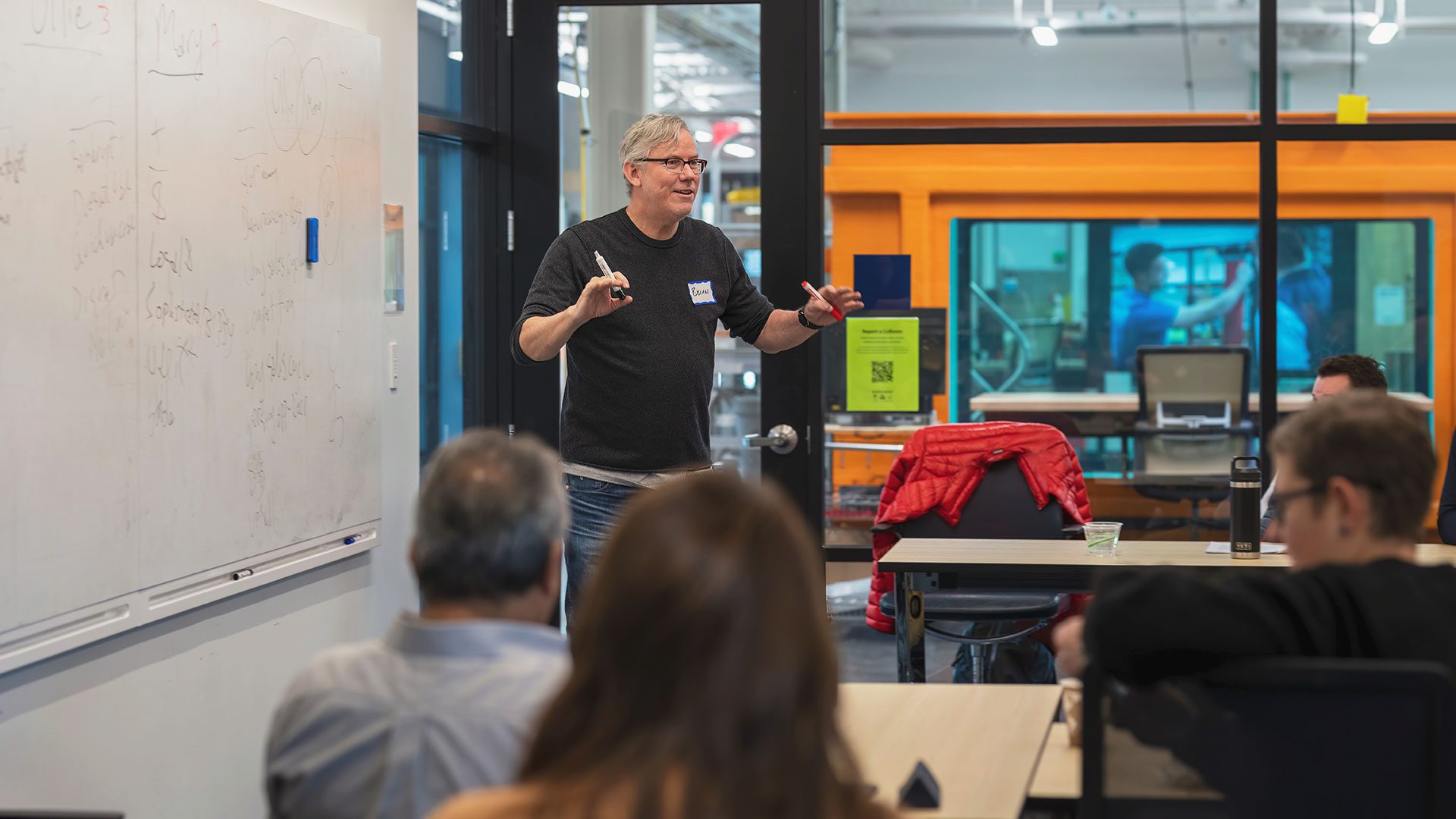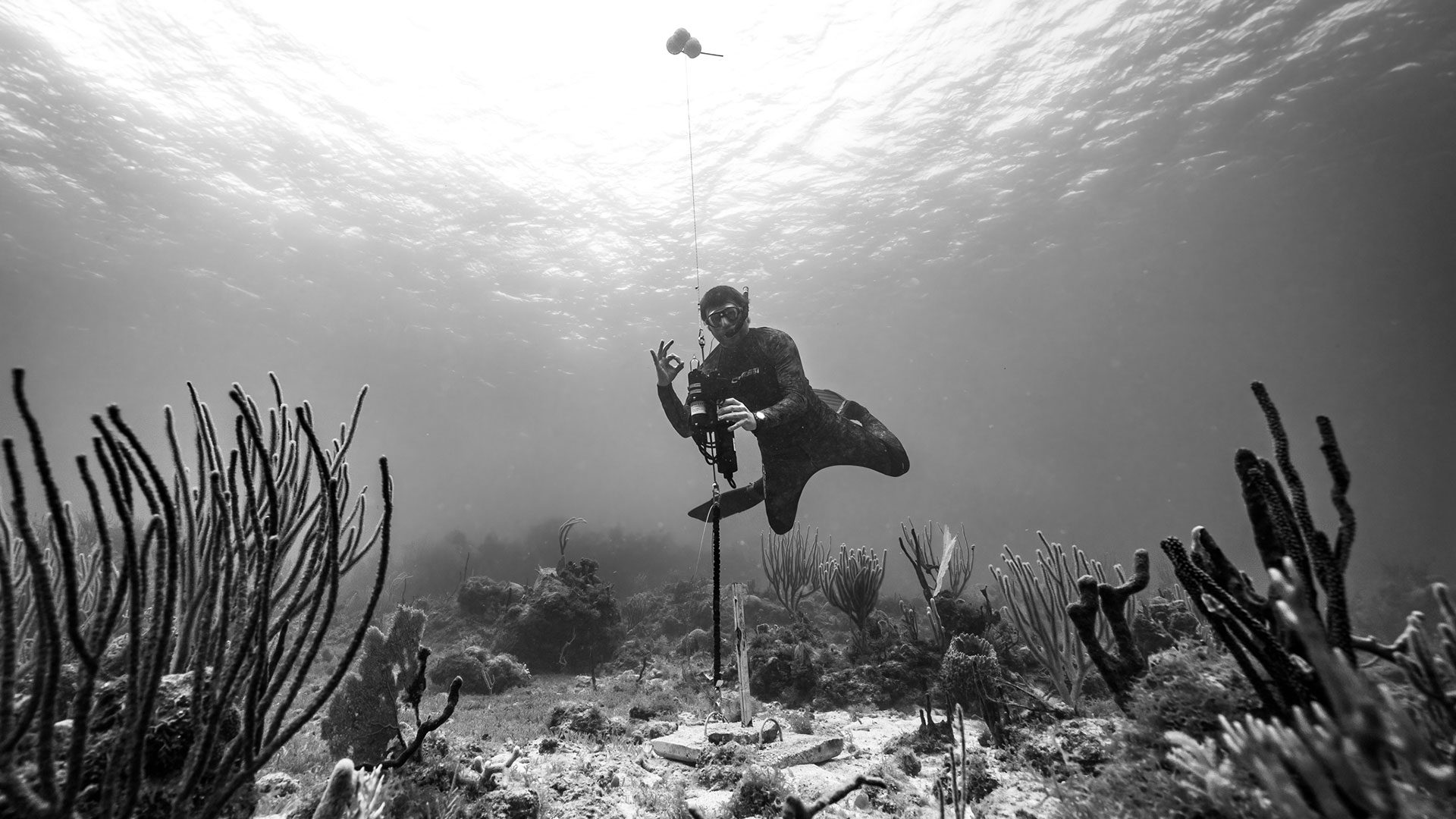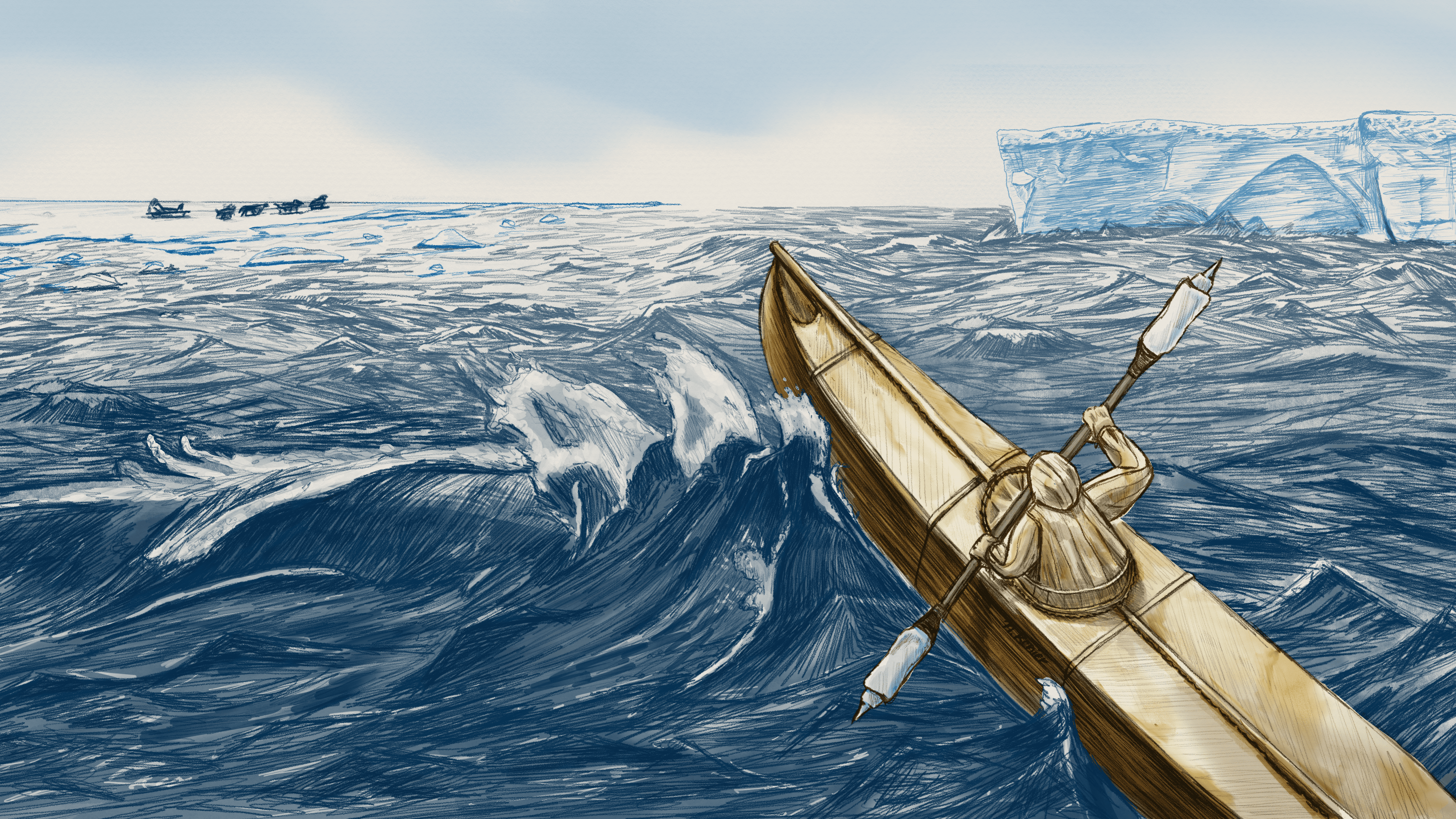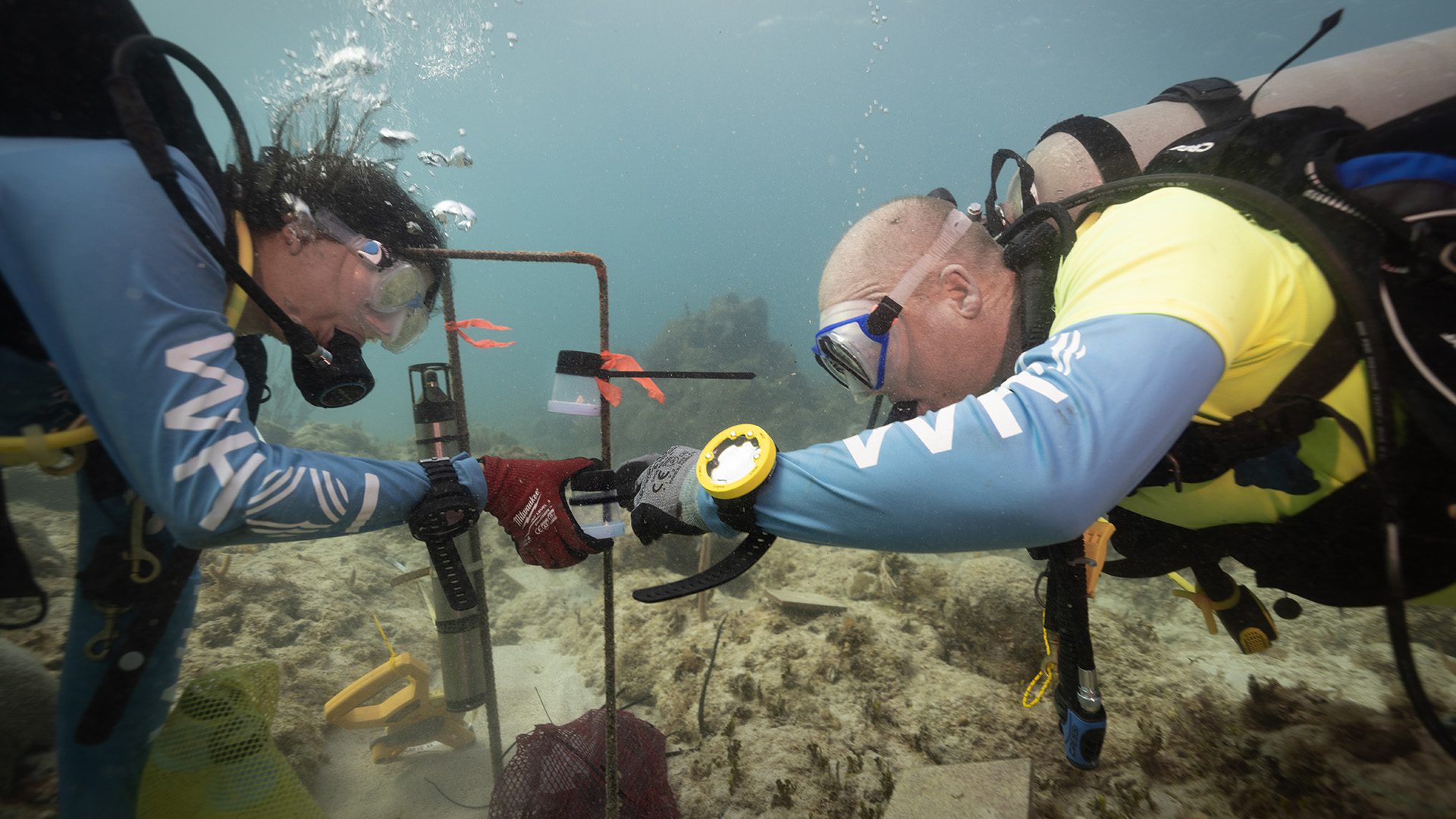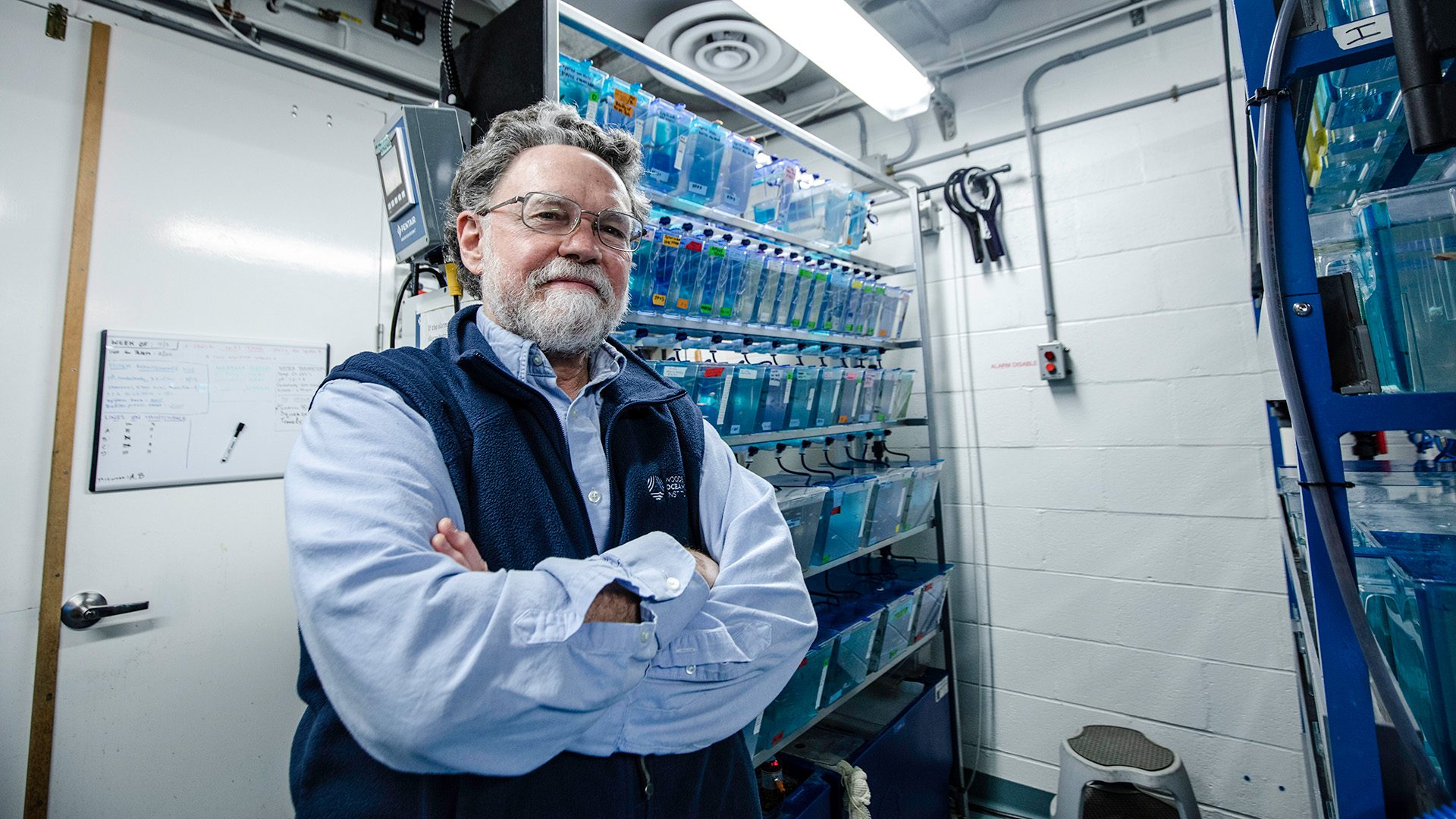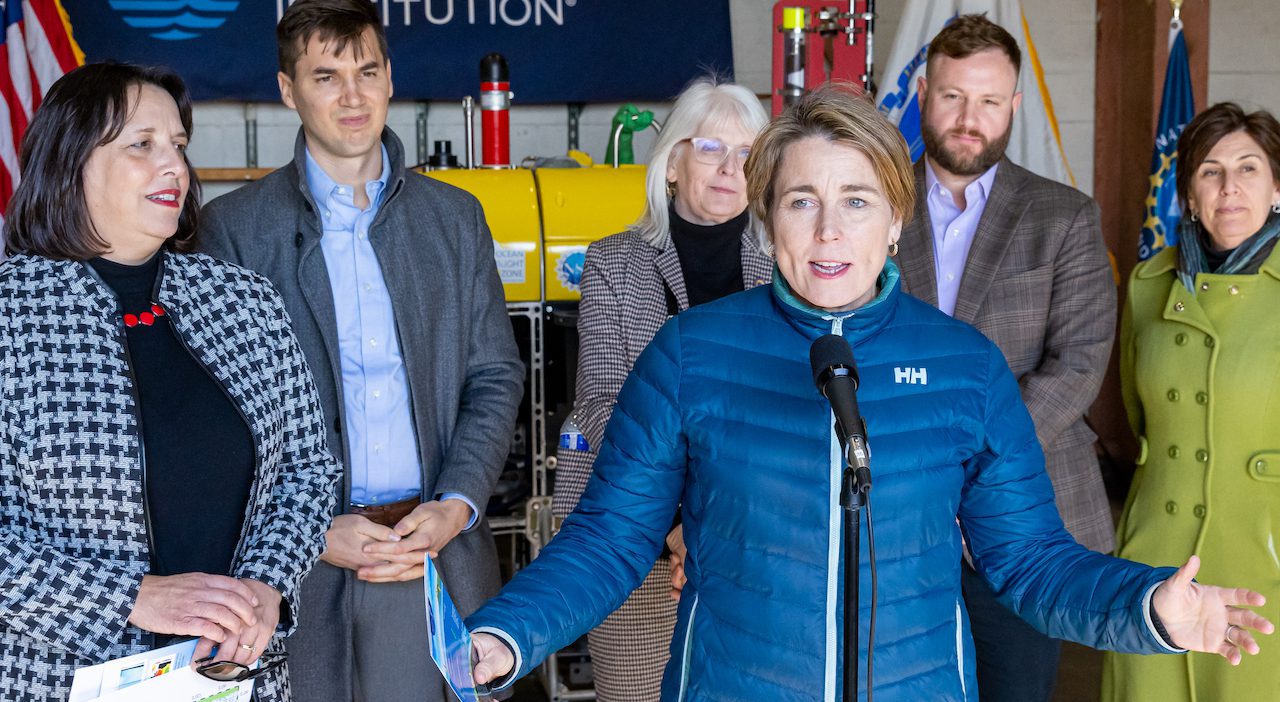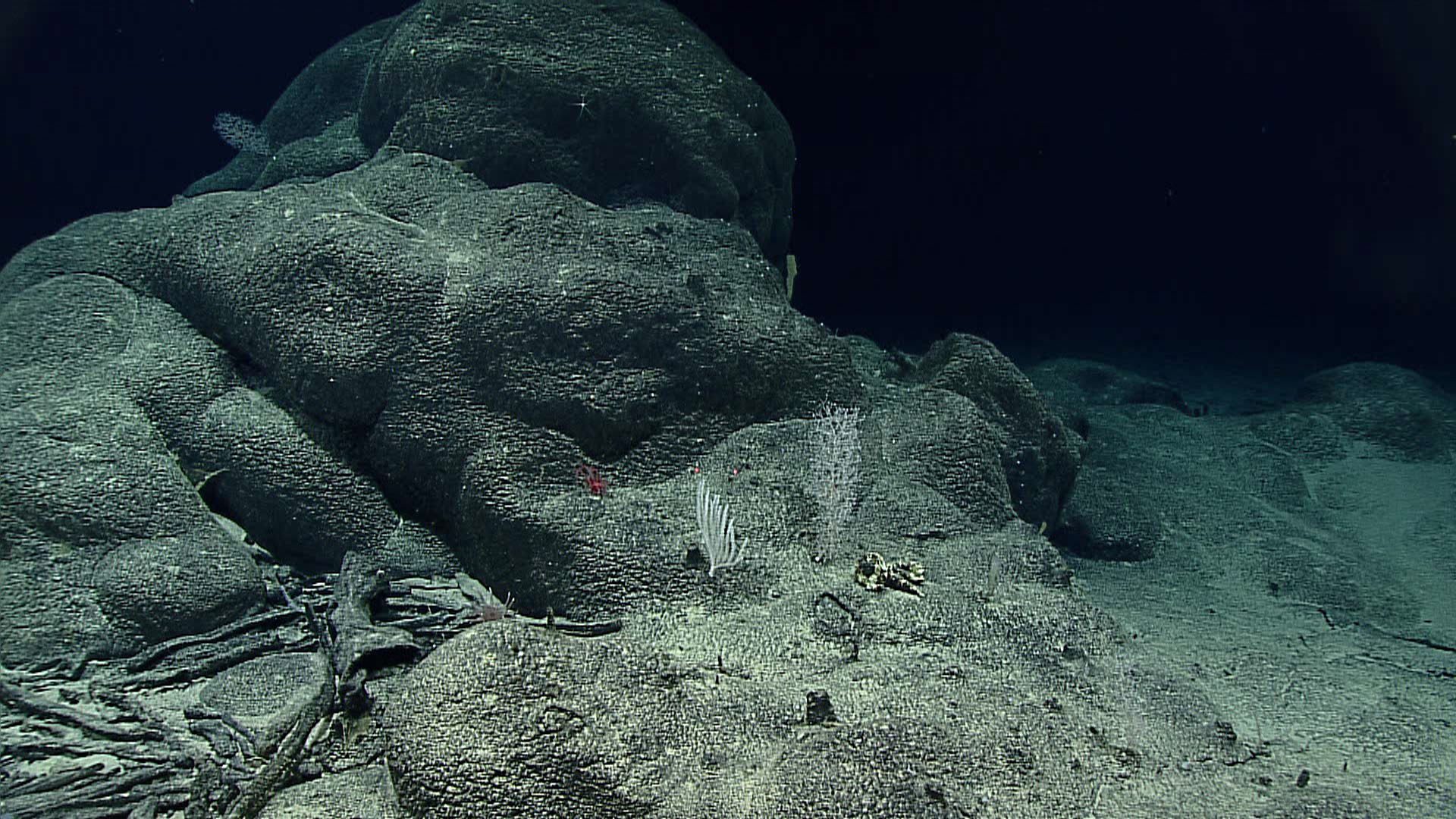Oceanus Online Archive
Making sense of a mystery fish
Scientists tackle long-standing questions about the elusive American eel
Read MoreAs illegal fishing rages on, is there any hope on the horizon?
WHOI economist Yaqin Liu weighs in on the scourge of illegal fishing and what can be done to catch offenders
Read MoreWhat’s happening with AMOC?
Scientists discuss the state of the Atlantic Ocean’s ‘conveyor belt’
Read MoreRecord-level heat is predicted for the months, and years, ahead. Why is this happening?
Ongoing climate change and a naturally-occurring El Niño event overlap to bring the heat
Read MoreHow did the ocean remain so quiet during Tonga’s eruption?
Underwater acoustics expert Gil Averbuch teases apart a mystery
Read MoreFour wins worth recognizing this World Ocean Month
Amid a sea of environmental issues, these four victories spark hope for the ocean’s future
Read MoreRobots to the Rescue
How the next generation of ocean robots will help solve the planet’s most pressing problems
Read MoreTechnology Hatchery
The latest robotics projects happening inside the George and Wendy David Center for Ocean Innovation
Read MoreAI in the Ocean Twilight Zone
Deep Learning techniques are revealing new secrets about the mesopelagic
Read MoreAutomating Exploration
For MIT-WHOI Joint Program student Amy Phung, virtual reality and robotics are a natural pairing for ocean exploration
Read MoreKeeping an ear out for whales
Scientists look to safeguard the mammals with robotic buoys in the New York Bight
Read MoreAre warming Alaskan Arctic waters a new toxic algal hotspot?
WHOI researchers warn Arctic communities following detection of a harmful bloom
Read MorePropelling a new wave of ocean-climate solutions
WHOI researchers get a boost from climate-tech fund Propeller
Read MoreSolving climate challenges, one innovation at a time
WHOI researchers report progress on projects funded by the Ocean Climate Innovation Accelerator
Read MorePaddling an angry, ancient ocean
If ancient Beringians got to the Americas by boat, it couldn’t have been easy
Read MoreCan Sound Help Save Coral Reefs?
WHOI scientists use sound to attract larval corals that could help rebuild reef ecosystems
Read MoreHow is human health impacted by marine plastics?
WHOI biologist Mark Hahn discusses a recent global plastics study
Read MoreMassachusetts Governor Maura Healey visits WHOI
Healey-Driscoll administration “leans in” on climate, Blue Economy research at WHOI
Read MoreWith deep-sea mining, do microbes stand a chance?
Scouring the seafloor for precious metals could put marine microbial communities and their ecosystem functions at risk
Read More